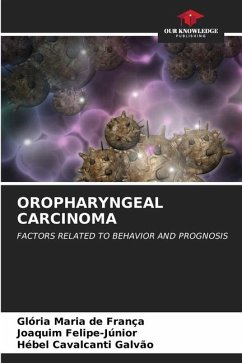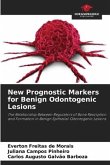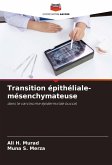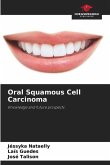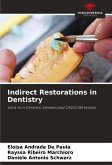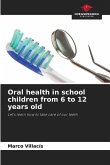Oropharyngeal squamous cell carcinoma (OPSCC) refers to squamous cell cancers that develop in the posterior third of the tongue, tonsils, soft palate and posterior pharyngeal wall. The epithelial-mesenchymal transition (EMT) is a biological process that allows a polarized epithelial cell, which normally interacts with the basal membrane via the basal surface, to undergo biochemical, molecular and morphological changes, which culminate in the acquisition of a mesenchymal cell phenotype, thus increasing its capacity for migration, invasion and resistance to apoptosis. Studies investigating the expression of EMT markers and their correlation with HPV status and prognosis have not yet elucidated this research due to the limitations of the studies carried out, such as the samples used in oropharyngeal carcinoma research with limited series of patients. The purpose of this book is to correlate the main proteins involved in EMT with HPV infection, as well as the prognosis of this neoplasm.
Bitte wählen Sie Ihr Anliegen aus.
Rechnungen
Retourenschein anfordern
Bestellstatus
Storno

